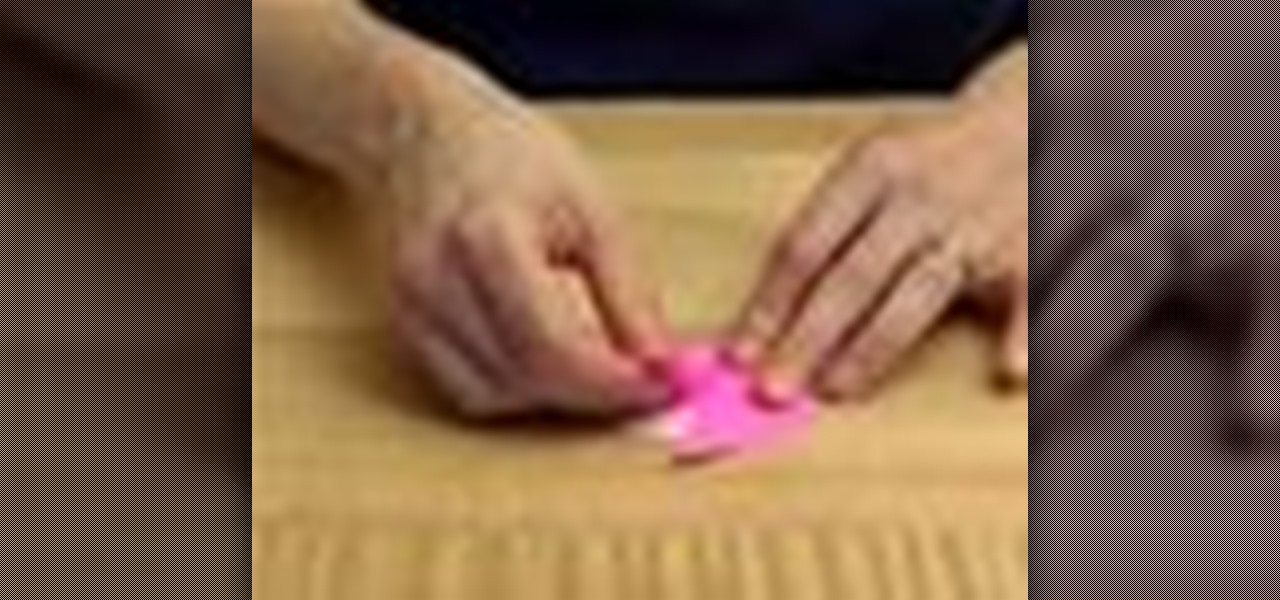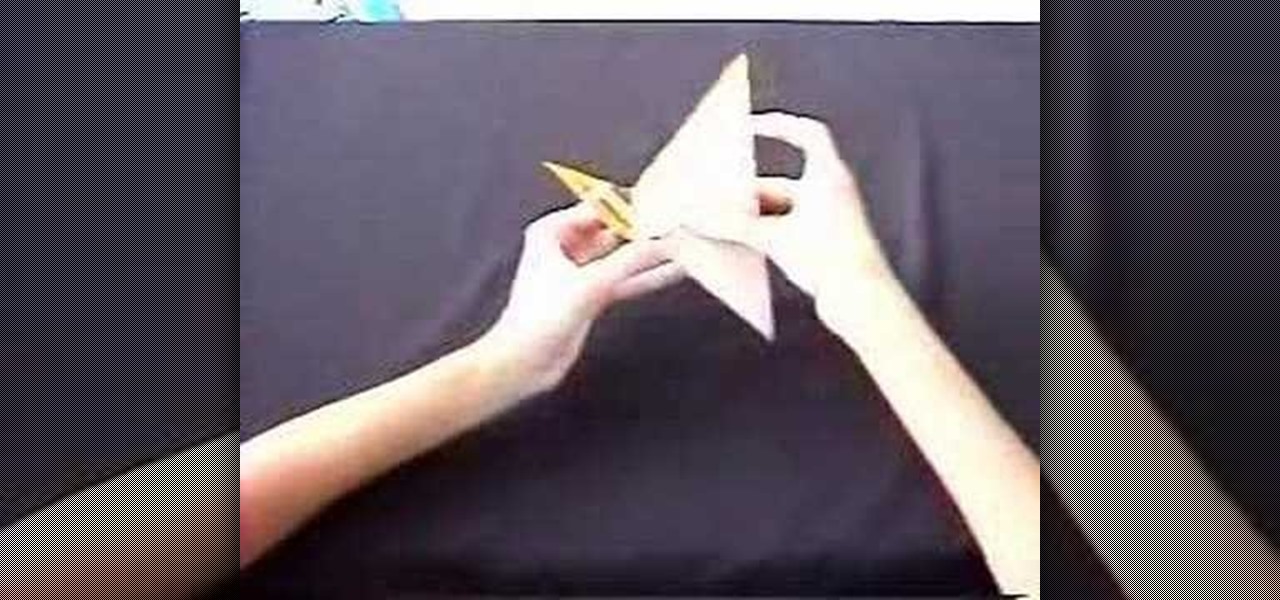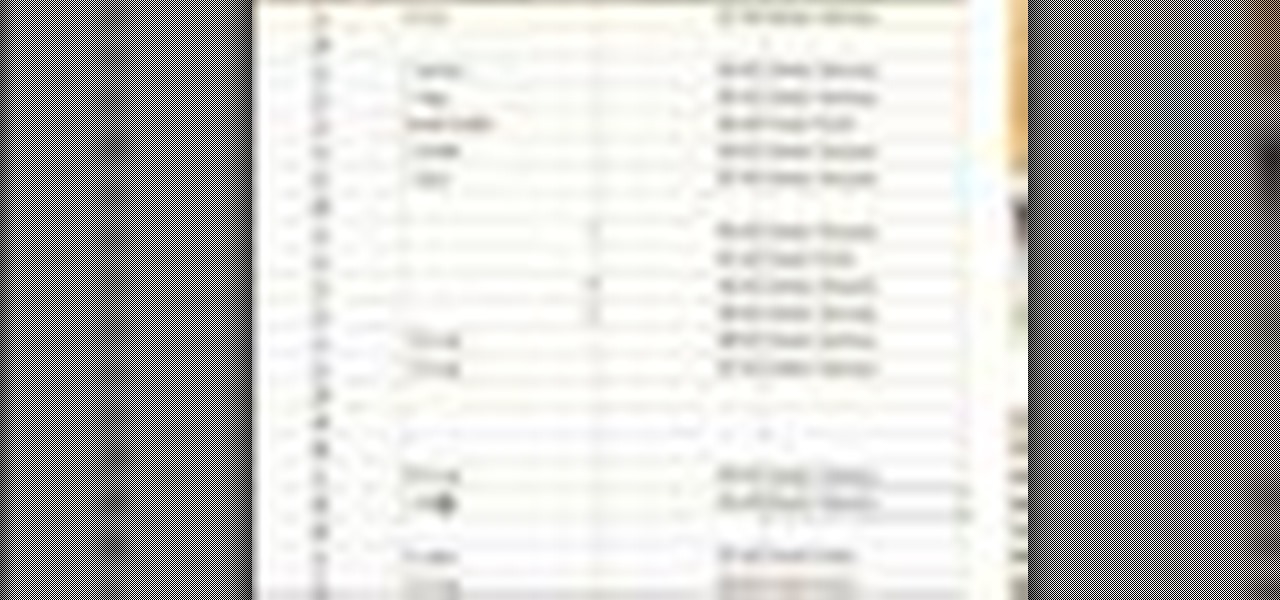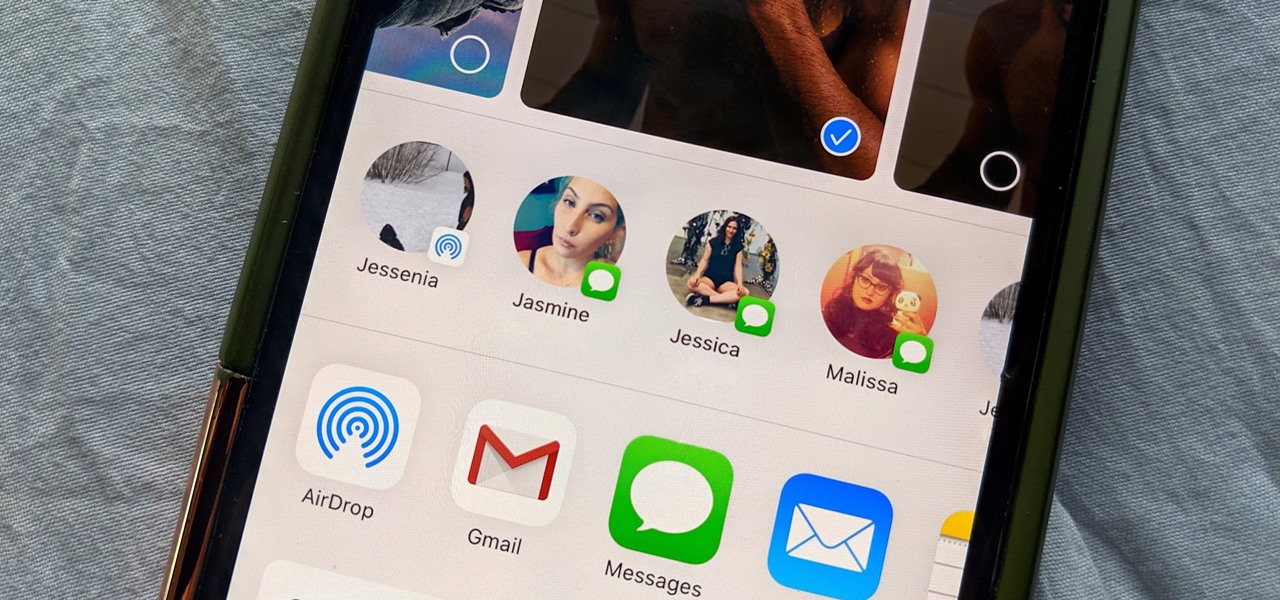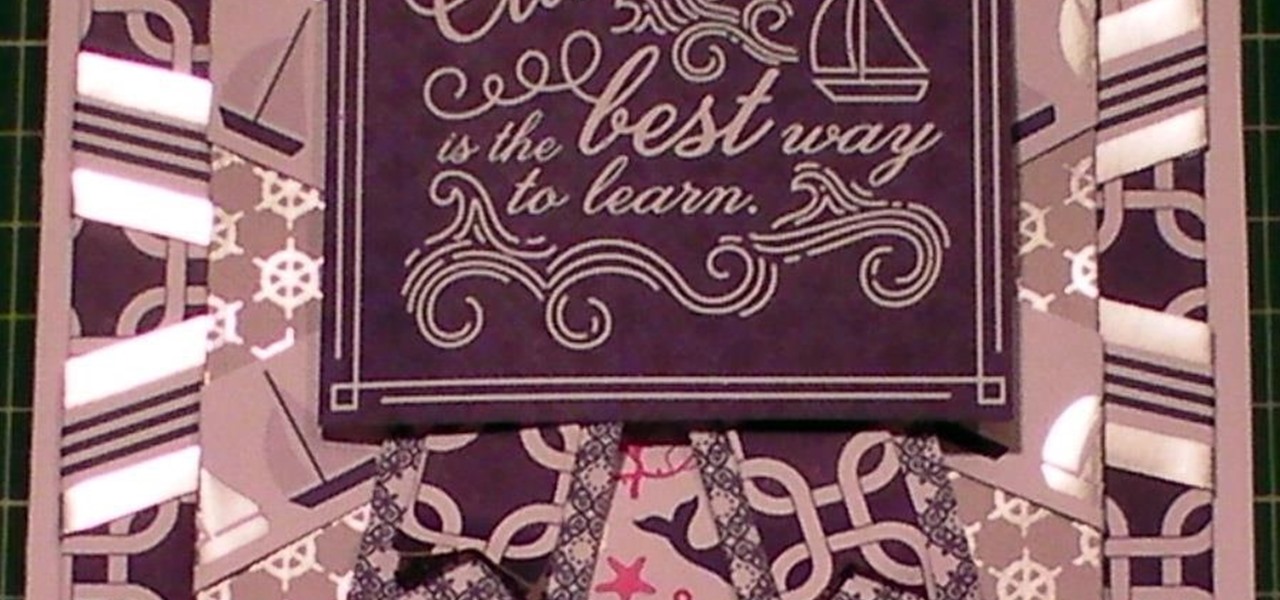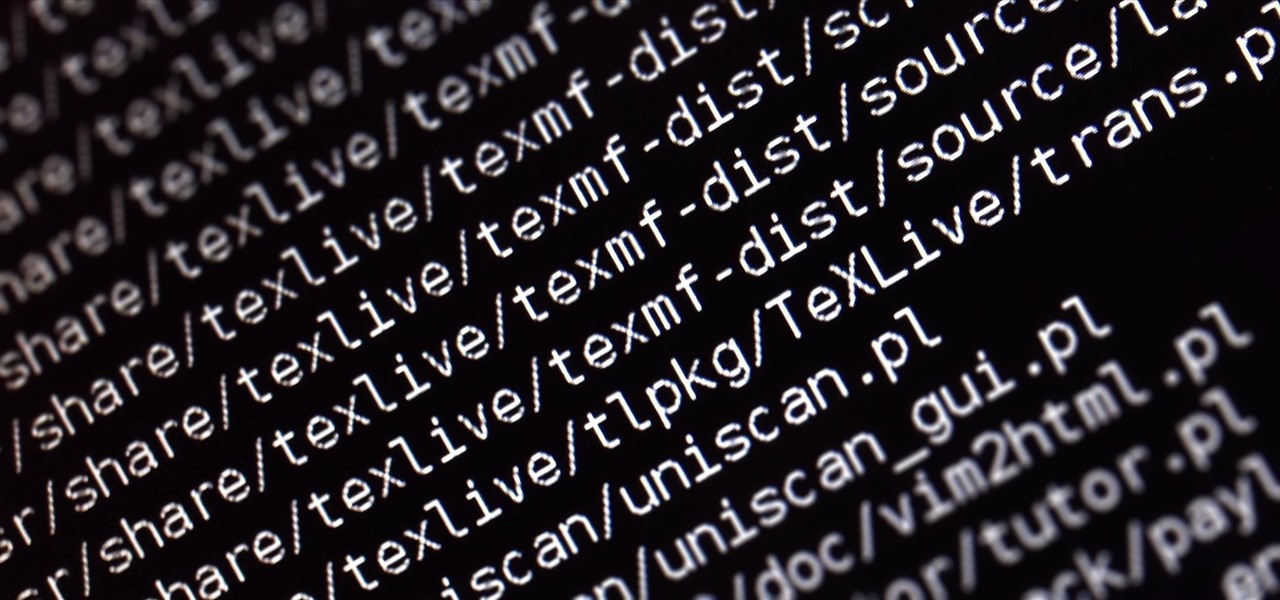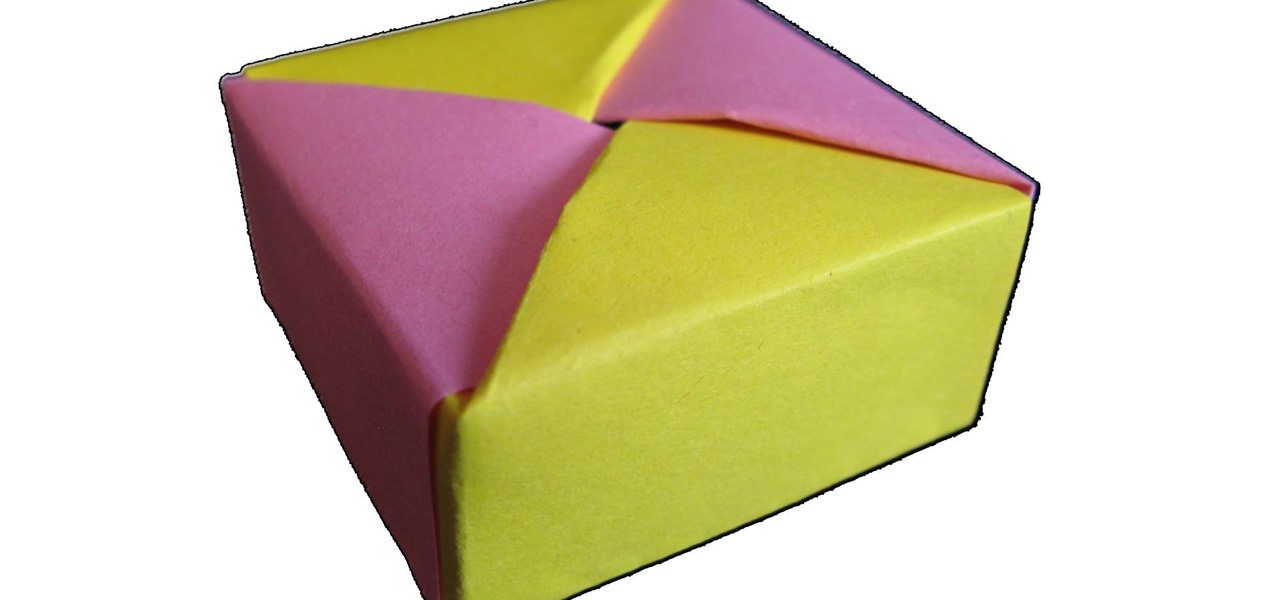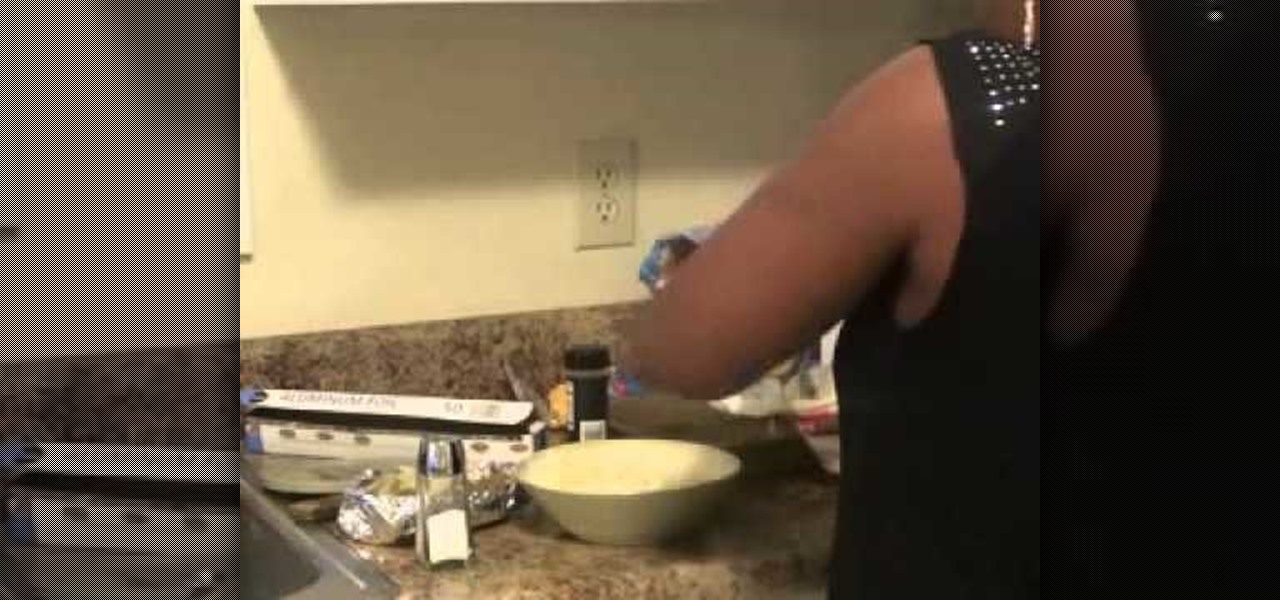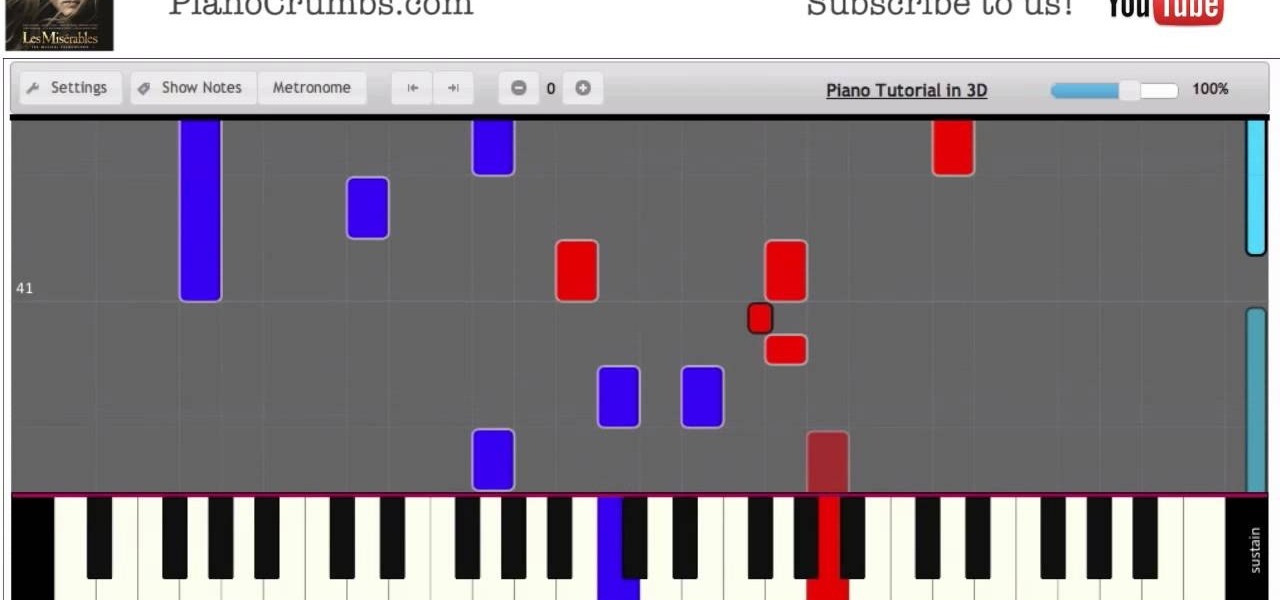
This video card making tutorial shows how to make a mini tri-fold album card. You'll need designer paper, ribbons, a hole punch, and a sheet of acetate. Watch this instructional video and learn how to make a mini-trifold album card, as a gift or to treasure yourself.
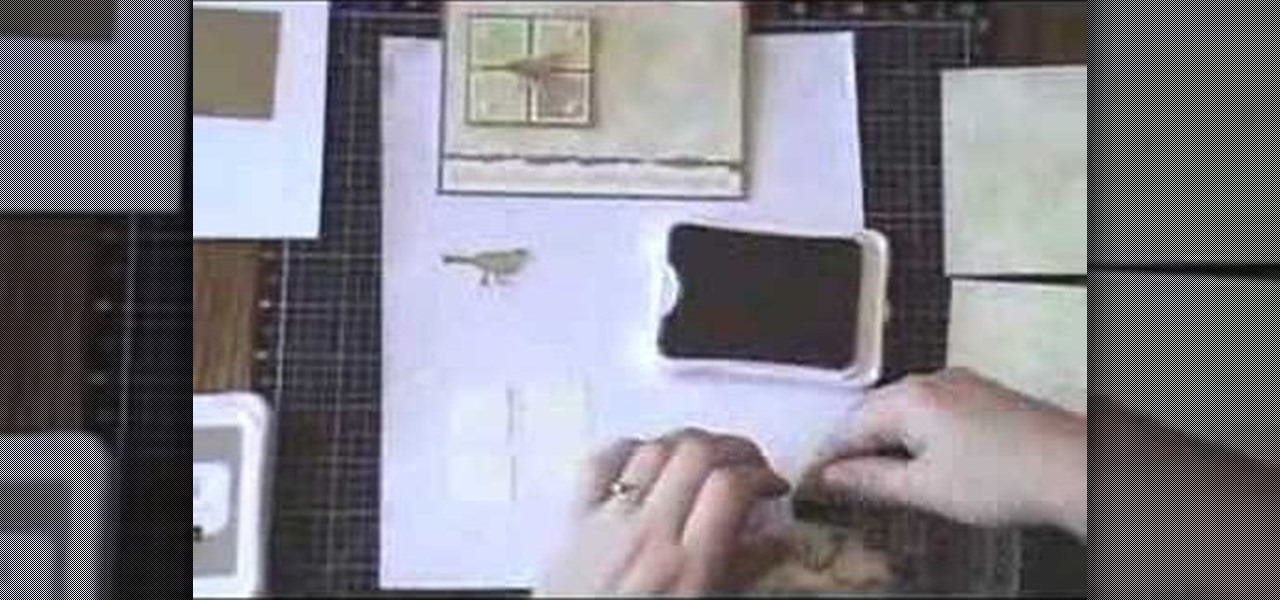
Glossy cardstock and an acetate sheet protector are great material to use for doing a fossilized stone technique on paper. This effect makes an unusual finish you'll find yourself using over and over in greeting cards. Watch this video card making tutorial and learn how to create a fossilized stone technique on glossy cardstock, and how to make an all occasion greeting card using the stone finish paper.

This video origami tutorial shows how to use the traditional Japanese art of paper folding to make shapes; in this case, moving cubes. Modular origami differs from traditional origami in that it requires multiple sheets of paper. Learn how to fold moving modular origami cubes by watching this instructional video.

This video origami tutorial shows how to use the traditional Japanese art of paper folding to make shapes; in this case, a tetrahedron. Modular origami differs from basic origami in that it requires multiple sheets of paper. This method of folding a tetrahedron calls for four pieces of square paper. Learn how to fold an origami tetrahedron by watching this instructional video.

This video origami tutorial shows how to use the traditional Japanese art of paper folding to make a flower. Learn how to fold a simple square piece of paper to create a pretty flower.

Modular origami, as opposed to traditional origami, requires the use of multiple sheets of paper for more complex projects. Learn how to use the Japanese art of modular origami to fold this stellated dodecahedron. Start watching and start folding origami!

Check out this how-to video to play "Arkham Horror," the board game. You need between one and eight players. The game lasts eight hours! Wow! You play "Arkham Horror" with investigator sheets.

Use your imagination and you'll being soaring the friendly skies in no time! This instructional how to video will show you how to make a barn door kite. Have fun creating your kite with an adult helper. For this project you will need: a plastic sheet, wood dowels, cloth tape, ribbon, and scissors.

This video is a tutorial on using Amazing Mold Putty to make texture sheets for use with polymer clay.

Keep your little fingers busy with this fun origami project. Learn how to make an origami cat out of two sheets of paper.

Here's an instructional video that teaches you how to make a toilet paper blower out of a leaf blower, some screws, and two pieces of sheet metal or wood... and of course toilet paper. Use this as inspiration for one of your April Fools Day pranks!

Tim Carter shows you how to drill holes using the correct bits and oil to drill through steel and sheet metal. Watch this video for the best results.

Non-woven wallpaper is easy to install and it's reusable. Tim Carter of AsktheBuilder.com explains how this cool wallpaper is different because it doesn't expand when the adhesive contacts the paper backing. These new non-woven wallpapers are huge time savers because there is no need to pre-paste a sheet of paper and book it while you work on another piece.

This advanced origami model involves maker two cranes from a single sheet of paper! The paper design looks like a mutant with 3 wings and 2 heads. Learn how to fold it by watching this video!

Unlike the traditional folded box, this one requires two square sheets of paper that interlock.

How to make a toga for a female. Easy step by step instructions on how to get a great looking toga for your forthcoming toga party.

In this drum lesson you will learn how to read and play the open hi hat technique. This is an extension to "Basic Drum Set Music 1," so be sure that you are comfortable with the topics discussed in that lesson before moving on to this one.

Focusing on the sixteenth note triplet, this drum lesson is designed to teach you to count, read and play the sixteenth note triplet.

In this drum lesson you will learn to apply what you already know about reading single-drum music to reading multiple drum music, or drum set music. In order to do this lesson, you should already have an understanding of quarter notes and 8th notes.

Learn to read and play drum music written in the 3/4 time signature. In order to do this drum lesson, you already need to have an understanding of quarter notes, 8th notes, 16ths notes and their corresponding rests. You will also need the Beat Sheet for this lesson.

To build a robot suit you will need a football toy chest, a medium sized trash can, two old camera flashes, heater vent cover, two old Sega Genesis controllers, a big lamp shade, a big sheet of cardboard, dryer vent hose, plastic scale, old "Go-bots" brand 110 camera, spray paint; I used silver and gold.

Set to some energetic music, this video shows how to make a wild duck from a single sheet of paper. The overhead viewpoint helps show more clearly the folds in this creation.

This video goes over how to add sheets and tables to your existing spreadsheet in Numbers '08. It's pretty straightforward so you should have no problems at all.

You can learn how to fold a 5 point star. You start with one sheet of blank paper and fold it in half. You mark a halfway point on the bottom and then you fold the paper to that point.

The share system on your iPhone serves as a hub for actions and share extensions, streamlining the process of saving files, sharing photos and videos, and other important tasks. On iOS 13 the Share Sheet has received a considerable upgrade, including the ability to more easily share content with your favorite contacts.

The first few minutes after gaining access to a MacBook are critical — but where do we begin? Using tools built into macOS, we can develop an in-depth understanding of running background processes, detect antivirus software, locate sensitive files, and fingerprint other devices on the network. All of this can be done without installing additional software or modifying any files.

I have used the DCWV Ocean Breeze stack to make this gorgeous card.I have used a couple of the card sheets from the stack and the borders as well as one of the sentiments.

Welcome back! Sorry for the dry spell, but I've been rather busy setting up some side projects! If you remember back to a few training sessions ago, we covered basic file I/O. This is a very important step in making our scripts applicable in a real life scenario, and today we're going to further these concepts.

If you've been using Windows 10 for a while, you already know that Microsoft incorporated lots of new features into it. So you're probably familiar with Cortana (the new voice assistant), the Edge browser (their replacement for Internet Explorer), the newly resurrected Start menu, and all of the other big changes.

Macarons are a sweet meringue-based confection made primarily from almond flour, sugar, and egg whites. They are usually filled with buttercream, curd, or ganache. A true fat cow cook will tell you that macaron is pronounced (mah-k-uh-rohn). While it's technically not incorrect to call them macaroons (mak-uh-roon), this usually refers to coconut cookies.

Welcome back, my fledgling hackers! In an earlier tutorial, I introduced you to probably the most popular scripting language for hackers, Python. To become a professional hacker, you need to have some scripting skills and Python is a good choice if you want to master just one. In this latest guide, I will expand your background in Python and offer you a tidbit of Python code to whet your appetite for all of the hacking to come.

this tutorial explains how to make an origami rhino which have a traditional origami star as a base You will need:

Welcome back, my fledgling hackers! Scripting skills are essential is ascending to the upper echelons of the hacker clique. Without scripting skills, you are dependent upon others to develop your tools. When others develop your tools, you will always be behind the curve in the battle against security admins.

Learn how to make paper origami stealth fighter Instructions. What do you need: square sheet of paper

Welcome back, my hacker apprentices! To enter the upper echelons of hackerdom, you MUST develop scripting skills. It's all great and well to use other hacker's tools, but to get and maintain the upper hand, you must develop your own unique tools, and you can only do that by developing your scripting skills.

Learn how to make easy origami box with lid instructions: What you need: 4 square pieces of paper for the box

Video: . How to Make Twice Baked Potatoes~

Led infinity mirror that I make with some materials like mirror from old hard drive,leds,plastic mirror sheet and battery holder.

Video: . Piano cover and tutorial for "Suddenly", performed by Hugh Jackman from original 2012 movie soundtrack.

Video: . You don't have to know how to read piano chords and piano sheet music in order to use this tutorial. Plug your piano keyboard into a computer or start playing right away on your computer keyboard using Easy Mode. How to Play Kiss You by One Direction - Interactive Piano Tutorial.











